Home Water Filters to Reduce Lead
Several different types of water filters have been certified by NSF for reducing lead in drinking water. The types are listed below.
You can visit www.nsf.org, and search certified products and systems. We have provided a sample of some of the search results here.
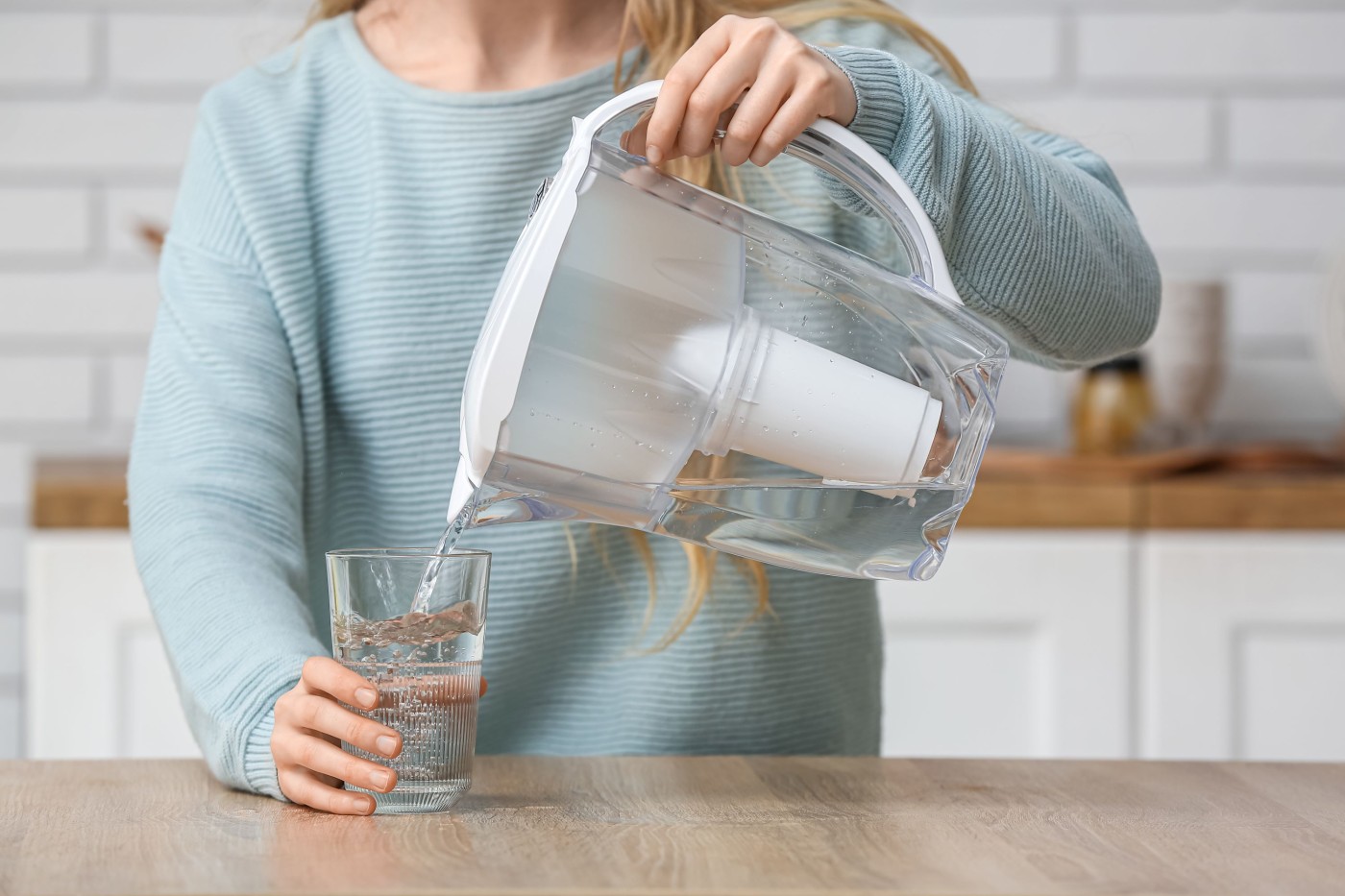
Water drips through a filter in a water pitcher using gravity.
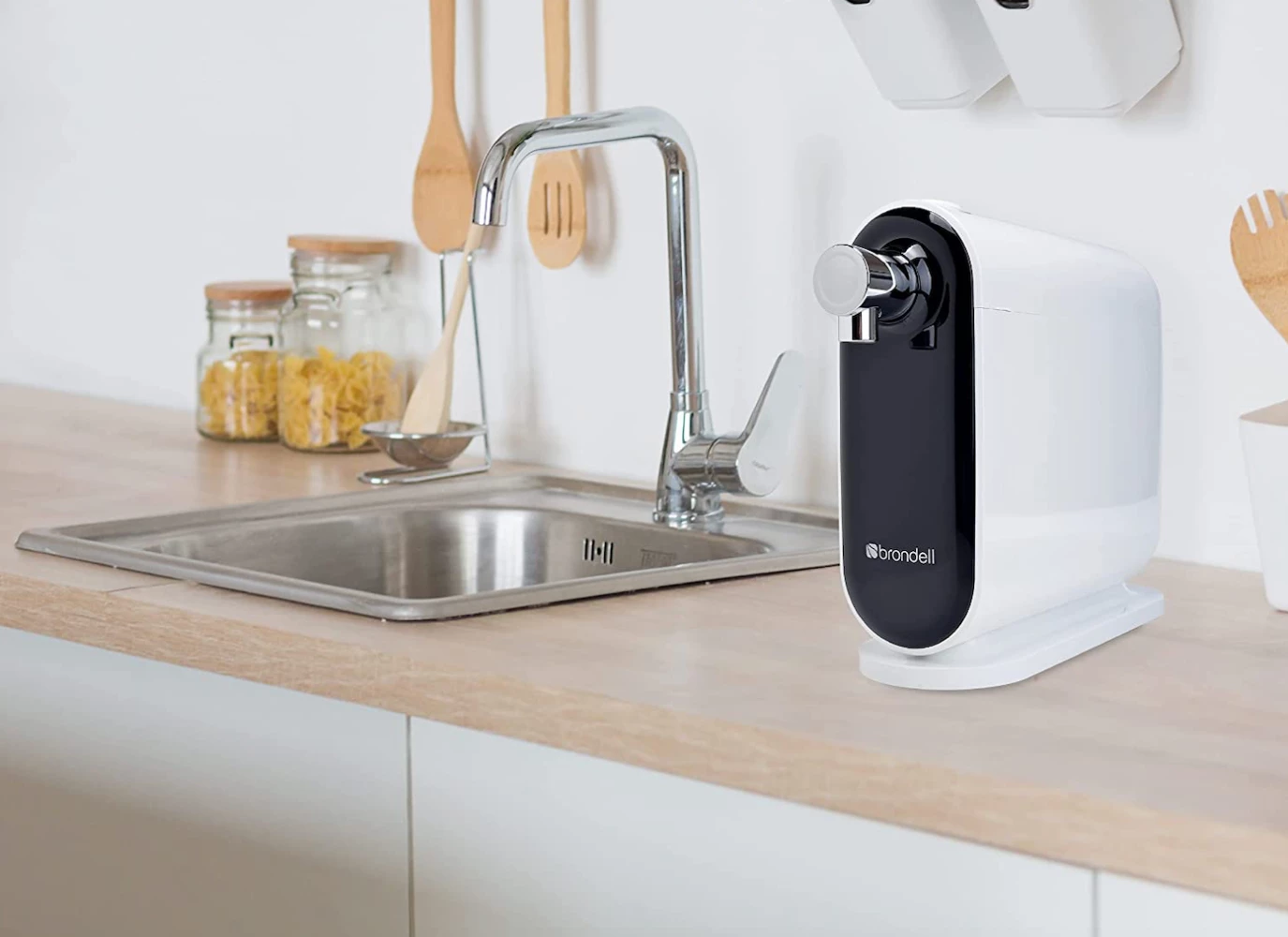
Mounts on kitchen faucet. Uses diverter to direct water through a filter.
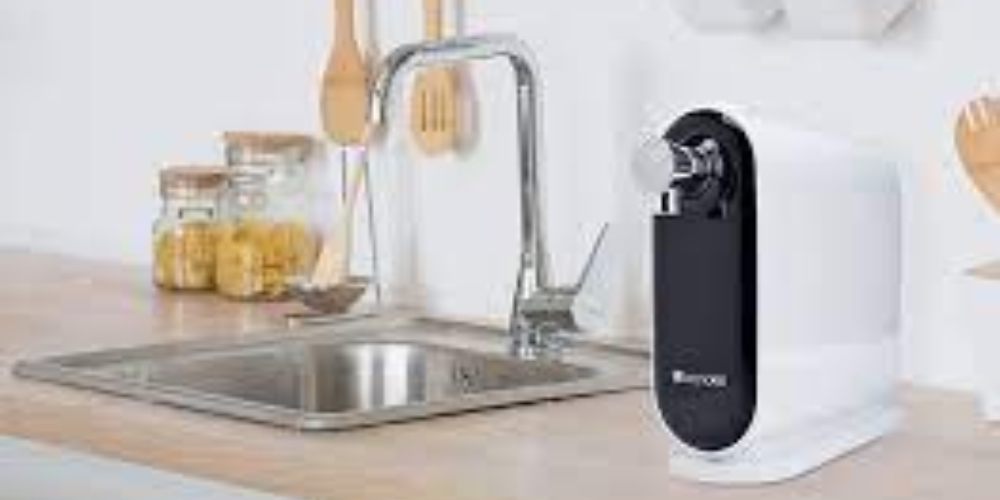
Connects to existing sink faucet through a hose/tubing.
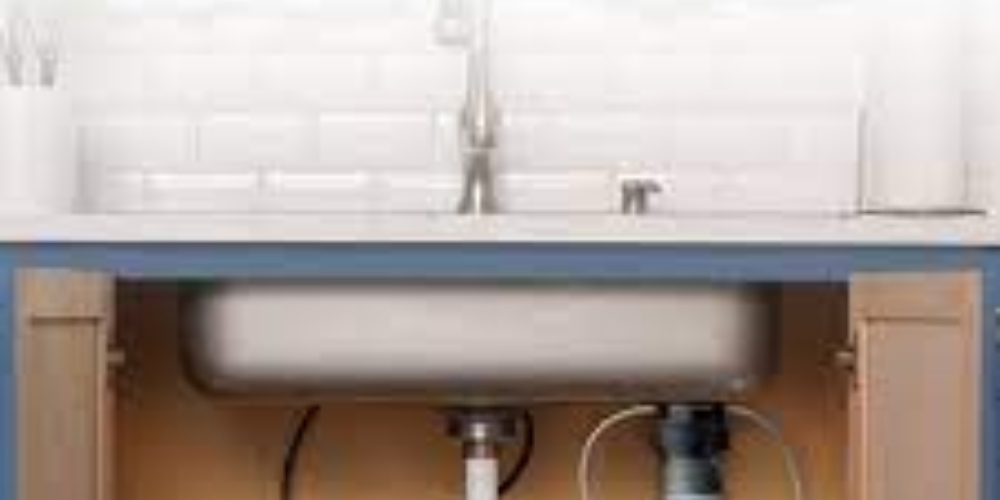
Installs under a sink; filtered water is usually dispensed through a separate faucet directly to the kitchen sink.
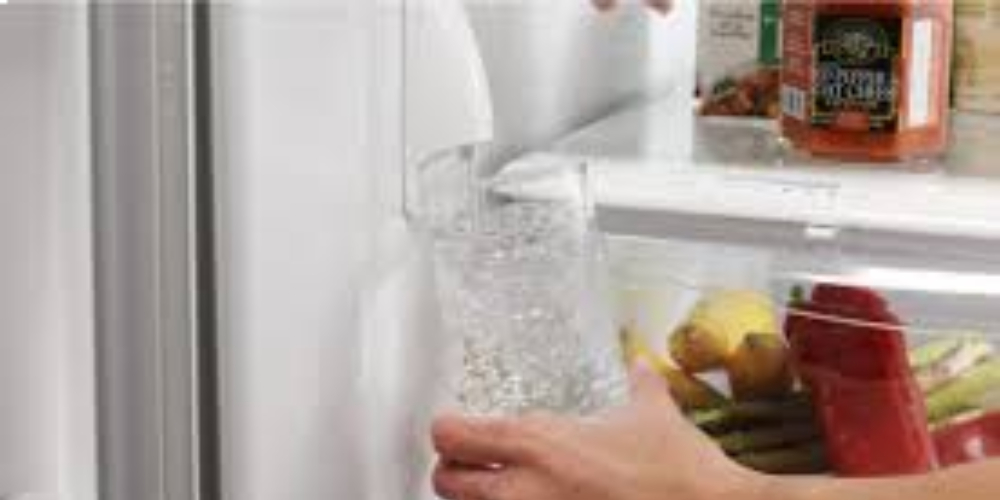
Installed in your refrigerator and typically dispensed through the refrigerator door.
Filters Certified to NSF/ANSI Standard 58 Reduction Claims for Reverse Osmosis Drinking Water Treatment Systems

Connects to your plumbing under the sink and uses a membrane filter to reduce lead (also can reduce minerals/Total Dissolved Solids).
Look for the NSF mark to ensure the filter or cartridge you are buying is certified by NSF International to NSF/ANSI 53 or NSF/ANSI 58, and that lead is listed on the packaging as one of the contaminants that will be reduced. If you would like to confirm a filter or treatment system is NSF certified for reducing lead in drinking water, please call NSF International’s consumer information specialist at 1.800.673.8010 or send an email to info@nsf.org.
How Filters Reduce Lead in Water
NSF International certified water filters reduce the amount of lead in drinking water:
Water dispensers or filters attached to the faucet allows the water to flow through adsorption media which captures contaminants such as lead. Contaminants, such as lead, are trapped in the filter and remain inside the filter, reducing their presence in the finished drinking water. Filters must be replaced according to the manufacturer's recommended filter capacity so they can continue to reduce lead and other contaminants for which they are certified. NSF certified filters reduce the contaminants as shown on the product's box or manual. Many filters have meters or indicators that show when the filter needs to be replaced. Review the manufacturer’s specifications for details on filter change frequency and filter capacity.
Please keep in mind:
Only qualified laboratory testing can reliably confirm the amount of lead in drinking water. Home test kits may not provide an accurate measurement of water quality. Minerals are present in all natural waters (sometimes referred to as Total Dissolved Solids) and do not indicate the presence or absence of lead. The presence of Total Dissolved Solids (minerals) in filtered water does not mean the water filter is not working to reduce lead.
How to Properly Use NSF Certified Water Filters
Water filters need to be changed regularly in order to reduce lead and the other contaminants for which they are certified. Follow the manufacturer’s instructions that come with your water treatment system and replace filter cartridges and other items as recommended using NSF certified filters.
Why filters must be changed
Many filtration systems use carbon, charcoal or a blend of filter media to help reduce impurities. These systems generally reduce contaminants in one of two ways:
Some contaminants are filtered mechanically, meaning the particles are large enough to be trapped in the pores of the filter. Eventually, the pores of the filter become so clogged with debris that water is unable to move through the filter effectively.Other contaminants adhere or adsorb to the surface of the filter media. Over time, the surface area of the filter media becomes filled and no more contaminants can be adsorbed.
While the former is easy to spot (the flow rate of the water being produced by the system slows dramatically), it's not as easy to tell when the surface area of the filter media has become full and needs to be changed.
How often they need to be changed
The recommended filter change cycle varies from one product to the next. Home filtration systems usually have established "service cycles," however extra precaution should be take when tap water contains high levels of contaminants.
Certification to NSF/ANSI 53 requires manufacturers to state the filter capacity, which is the volume of water that can pass through a filter before it must be changed. To ensure the filter continues to reduce contaminants, replace it when it has reached the manufacturer's recommended filter capacity. The filter capacity will be listed in the specifications on your product's owner's manual or on the product packaging. Many products also have a device that indicates when the filter must be changed.
Choosing the right replacement cartridge
Filter cartridges are not universal.
While a non-certified cartridge may look similar in size and even appear to fit inside the housing of a water treatment system, even the smallest size difference could allow contaminated water to go around the cartridge rather than through it. Non-certified filter cartridges may not be of the same quality as the manufacturer's recommended replacement. This could result in the water not being filtered effectively or even the introduction of chemicals into the water from materials that were never verified to be acceptable for drinking water.
To ensure your water treatment system is performing effectively, use the proper replacement cartridge and change your filter at the recommended interval.
